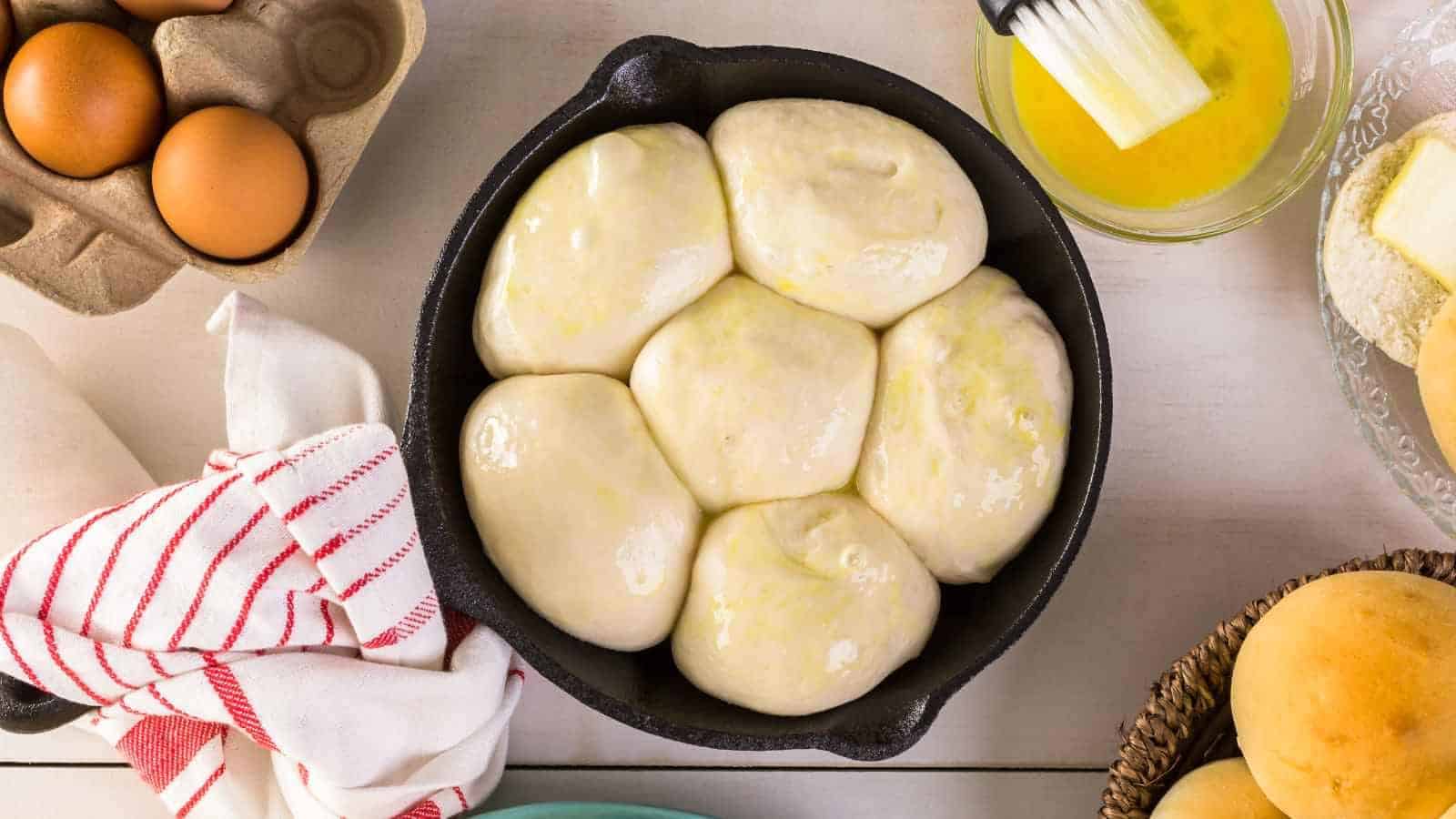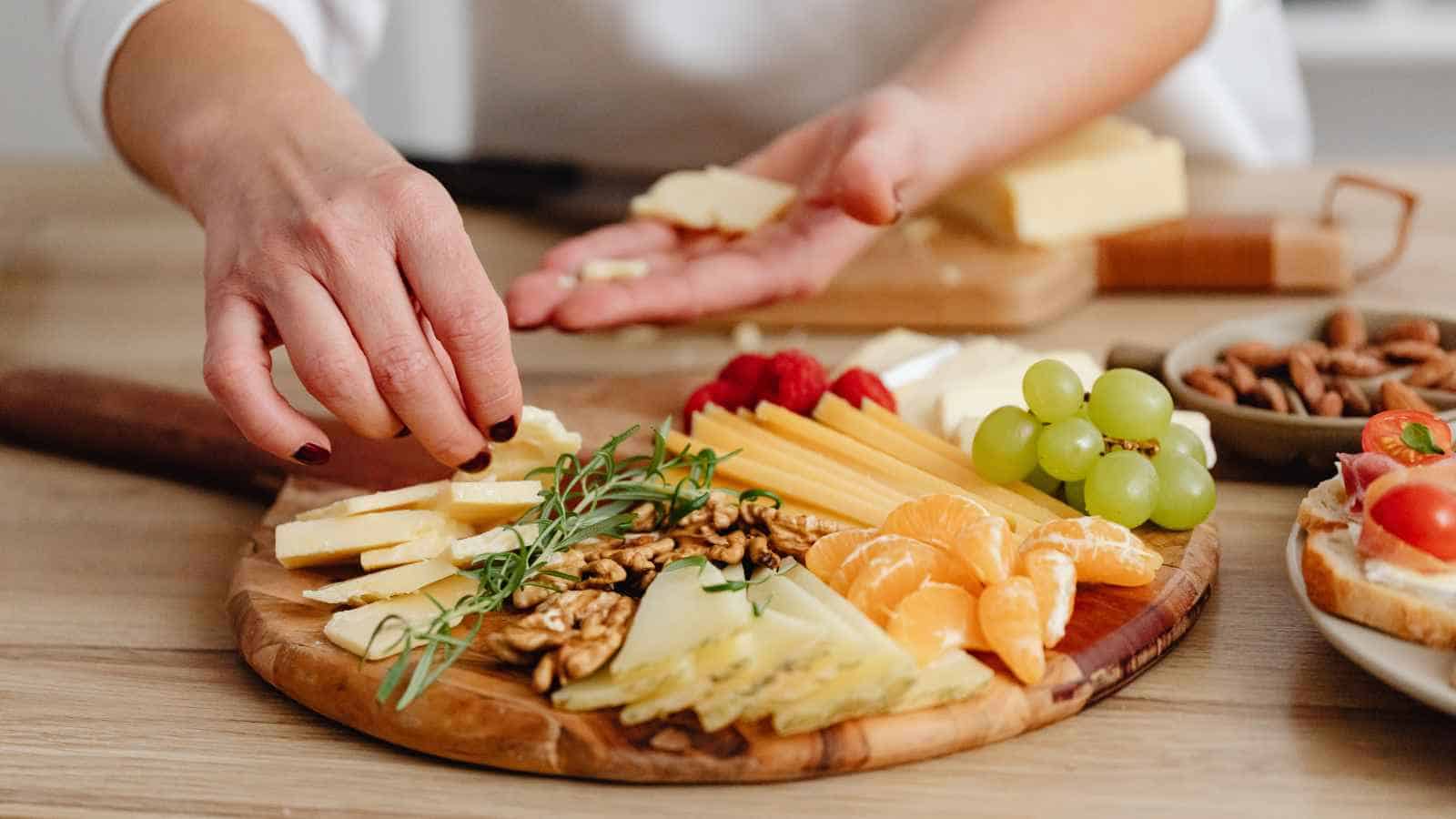Holidays bring plenty of joy, but they also bring a set of culinary challenges that can leave your kitchen looking more chaotic than festive. Everyone faces those oddly specific problems that make you scratch your head while juggling multiple dishes. Seasonal ingredients, temperature swings, and timing all contribute to these quirky mishaps. Here’s a list of 15 weirdly specific holiday food problems everyone has faced, explained in a fun, factual, and practical way. Understanding why they happen can actually save you from unnecessary stress and wasted food.

Turkey Skin That’s Crispy in Weird Patches

Achieving evenly crispy turkey skin requires consistent heat and proper drying before roasting. Uneven fat distribution and pockets of moisture cause certain areas to brown faster than others, leaving you with patchy crispiness. You can help your skin render evenly by patting it thoroughly dry and occasionally brushing it with melted butter or oil. Rotating the bird during roasting and monitoring oven hotspots can also prevent uneven crisping.
Mashed Potatoes That Turn Gluey the Second They Cool

High-starch potatoes like Russets release excess amylose when over-mashed, creating a gluey texture as they cool. Adding dairy while potatoes are hot and gently folding rather than vigorously whipping keeps them fluffy. Using waxy potatoes or draining thoroughly after boiling reduces water content that contributes to stickiness. Timing matters too—serve immediately or keep warm in a covered dish to maintain ideal texture.
Gravy That’s Either Too Thick or Aggressively Runny

Gravy consistency depends on starch-to-liquid ratios and careful temperature control. Overcooking thickens gravy beyond a pourable state, while undercooking or adding too much liquid makes it thin and runny. Constant whisking and gradual liquid incorporation prevent lumps and help achieve a smooth finish. Leftover gravy can be reheated gently with a splash of broth to restore the right texture.
Cookies That Spread Into One Giant Cookie Blob

Excess sugar, butter, or warm dough can make cookies lose their shape and merge together on the baking sheet. Chilling dough before baking tightens the structure and slows spreading. Using parchment paper or silicone mats provides grip, while spacing dough adequately prevents merging. Oven temperature plays a role too; a slightly cooler oven can reduce rapid melting of fats that contribute to cookie collapse.
Pie Crust Shrinking

Pie crust shrinks when gluten tightens due to overworking or excessive rolling. Placing dough in the pan too tightly or failing to rest it before baking can worsen shrinkage. Blind baking with weights or docking with a fork stabilizes the crust. Keeping dough chilled until baking ensures minimal contraction.
Cranberry Sauce Splitting or Curdling

Acidic fruits like cranberries can curdle when combined with dairy or high sugar too quickly. Rapid heating or over-stirring disrupts the sauce’s emulsion, causing separation. Gradually cooking and stirring while monitoring consistency keeps the sauce smooth. Using fresh or evenly thawed frozen berries ensures uniform gelatinization.
Ham Glaze Burning but the Ham Staying Pale

Sugar-rich glazes caramelize quickly, often burning before ham heats thoroughly. Applying glaze in layers during the final cooking stages prevents charring. Tent the ham with foil to regulate heat exposure. Monitoring oven temperature and using a thermometer ensures both glaze and ham reach optimal doneness simultaneously.
Dinner Rolls That Refuse to Rise

Yeast activity is highly sensitive to temperature, moisture, and kneading technique. Cold environments or overworked dough can inhibit rising, leaving rolls dense. Proofing in a warm, draft-free area and measuring ingredients accurately supports consistent fermentation. Scoring or shaping dough correctly also encourages uniform puffing.
Stuffing That’s Dry in the Middle and Soggy on the Edges

Moisture distribution affects how stuffing bakes, often leaving edges soggy and centers parched. Overfilling a dish or using uneven liquid ratios creates inconsistency. Stirring halfway through baking or using a water bath can balance hydration. Selecting bread with consistent texture and cutting evenly sized cubes ensures more uniform results.
Cheese Boards Melting Before Guests Arrive

Temperature-sensitive cheeses can quickly lose shape when left out too long. Soft varieties and high-fat cheeses are especially prone to melting in warm rooms. Serving on a chilled cheese board or introducing cheese shortly before guests arrive prevents messy, unappetizing puddles. Separating soft and firm cheeses spatially also helps maintain visual appeal.
Hot Chocolate That Turns Watery

Thin, watery hot chocolate results from insufficient cocoa solids or excessive milk. Heating too fast or adding powder to cold liquid can cause clumping and dilution. Gradually warming milk and whisking cocoa with sugar first creates a rich, smooth beverage. Using a ratio of one part cocoa to two parts milk typically maintains ideal thickness.
Gingerbread Houses Collapsing

Gingerbread structures collapse when dough is too soft or pieces aren’t aligned properly. Humidity and excessive frosting weight exacerbate structural failures. Reinforcing joints with royal icing and allowing full drying time before assembly adds stability. Cutting uniform panels and planning a balanced layout reduces the risk of a leaning house.
Leftovers That Smell Great but Somehow Taste Bland

Refrigeration can dull flavors even if aromas remain strong. Volatile compounds responsible for taste diminish faster than smell during storage. Reheating with a splash of broth, sauce, or spices restores depth. Proper airtight containers prevent flavor loss and cross-contamination with other odors.
Fruit Salad Turning Into a Watery Soup

Fruits release juice as they sit, particularly high-water-content varieties like watermelon or oranges. Acidic ingredients like citrus can accelerate breakdown, creating a soup-like consistency. Gently tossing fruit and serving shortly after preparation keeps texture intact. Draining excess liquid or using firmer fruit varieties helps maintain firmness longer.
Candy Canes Snapping Every Time You Unwrap One

Candy canes are prone to snapping due to brittleness caused by low humidity and rapid temperature changes. Handling cold, brittle candy increases the likelihood of breakage. Allowing candy to acclimate to room temperature and storing in airtight containers reduces snapping. Using hands close to body warmth or lightly warming can make unwrapping easier.
20 Holiday Hosting Tricks That Cut Down the Chaos

A well-planned setup reduces bottlenecks in the kitchen, prevents last-minute scrambling, and frees you to interact with guests instead of managing chaos. By understanding how each step contributes to a relaxed flow, you gain a system that makes hosting feel less frantic. Moments become more enjoyable when your home functions like it’s already prepared for anything.
20 Holiday Prep Hacks Home Cooks Are Sharing This Year

These shortcuts didn’t start as trends but as practical adjustments people discovered while trying to avoid last-minute chaos. With more cooks sharing what truly works, holiday prep is becoming less about scrambling and more about using smart, reliable systems.
Tamara Tsaturyan is the owner and writer of Thriving In Parenting, a website focused on providing simple tips for busy parents — easy and healthy recipes, home decor and organization ideas and all things P A R E N T I N G.

Share Your Thoughts!
I love to know your thoughts, make sure to comment below to start a discussion! You can also follow me on your favorite social network below.